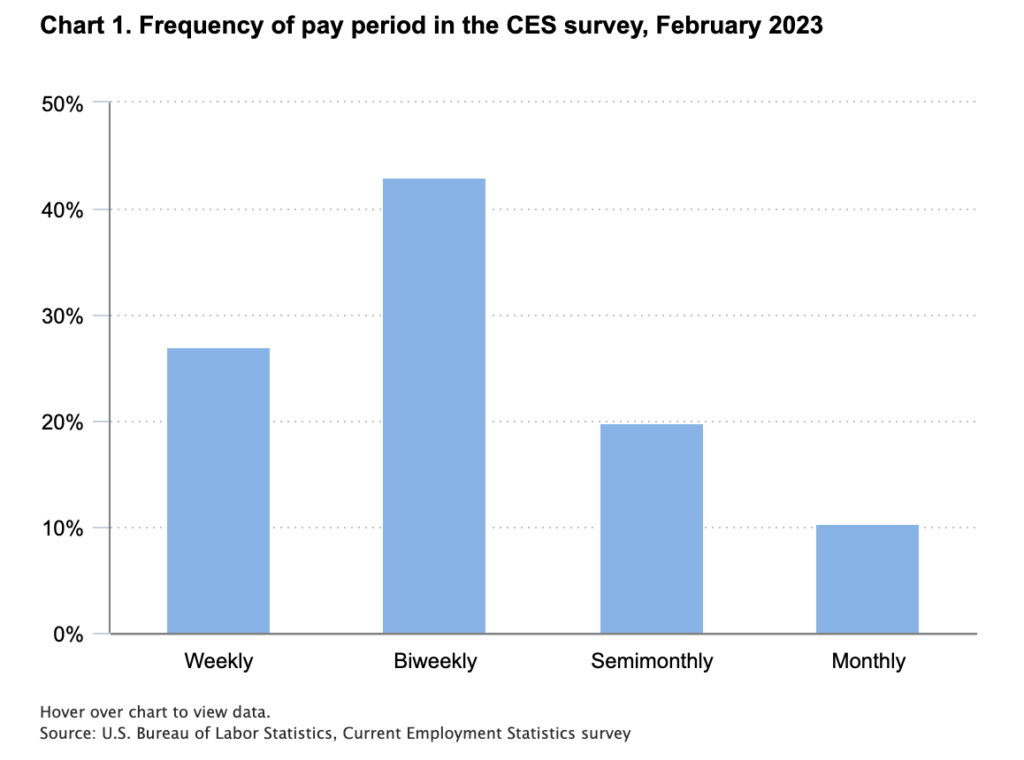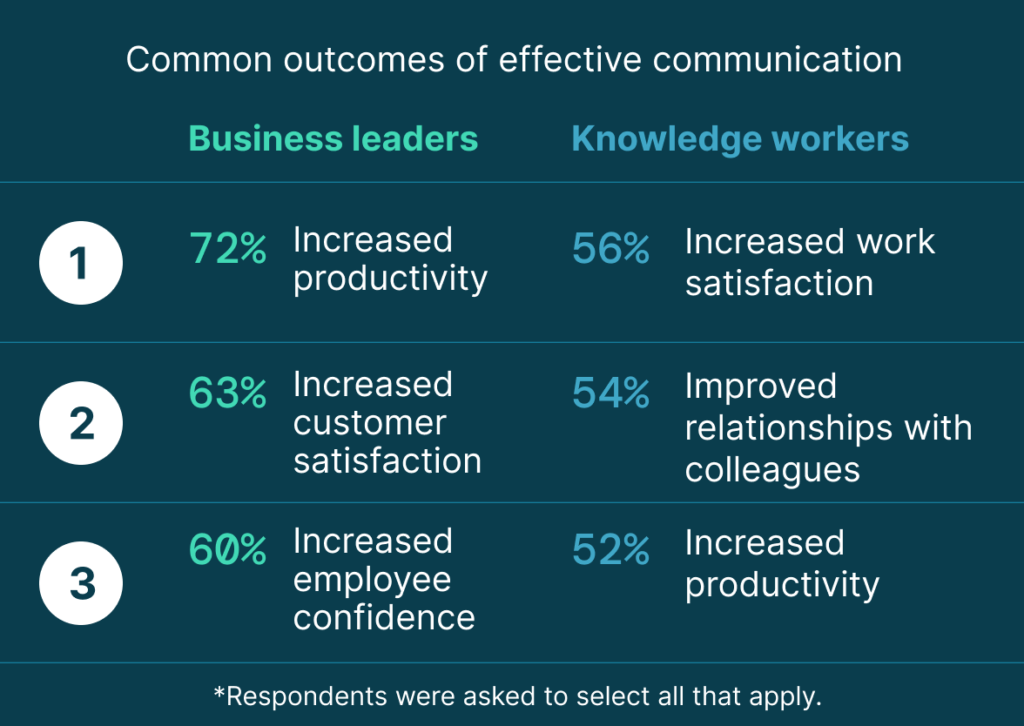Managing payroll and distributing pay is complex for any business — small or large, and with salaried employees or flex workers — and it becomes even more complicated if you manage payroll scheduling for a multi-location business. Beyond simply ensuring employees are paid the right amount at the right time, businesses with different locations have to factor in laws and regulations that can vary across regions, making the payroll process a challenging endeavor. Without efficient payroll scheduling best practices in place, the risk of non-compliance and legal trouble significantly increases.
Harmonizing Payroll Schedules Across Locations
If you’re interested in harmonizing your payroll processes so you can streamline operations, minimize errors, and maintain legal compliance across all locations, we’ve got some strategic approaches for you to consider. By implementing our best practices, you can create a seamless payroll process that not only meets regulatory obligations but also fosters a cohesive and productive work environment for your entire multi-location enterprise.
Implement Unified Payroll Software
Centralizing payroll processing through a unified software system is fundamental for multi-location businesses because it ensures consistency, reduces the likelihood of errors, and simplifies the overall payroll management process. With a centralized system, businesses can easily access and track payroll information for all locations, facilitating coordination and reporting.
Standardize Payroll Policies and Procedures
Establishing standardized payroll policies and procedures helps businesses maintain compliance and fairness. This includes uniform tax withholdings, overtime calculations, and other payroll-related practices. By providing clear guidelines, businesses can mitigate discrepancies and ensure equitable treatment for all employees, regardless of location.
Automate Timekeeping and Attendance Systems
Automated timekeeping systems, such as biometric scanners or digital clock-ins, are invaluable tools for accurately tracking employee hours. When you use these systems, you can streamline the process, reducing the risk of manual errors associated with paper-based timekeeping. Additionally, they provide real-time data, allowing for better visibility and control over labor costs.
7 Payroll Scheduling Best Practices
To stay ahead of the challenges of running payroll for multiple locations, follow these seven best practices:
1. Abandon Manual Payroll
The more employees you have, the more paperwork you can expect. As you expand your business to multiple locations, your administrative burden will also multiply. Managing payroll manually is not only time consuming — it’s inefficient. Mistakes can have serious financial repercussions and impact a company’s credibility. And worse, failing to compensate your employees properly can lead to decreased morale, reduced productivity, and higher turnover rates.
2. Be Aware of Varying Regional Labor Laws and Regulations
If your business operates in multiple states or countries, you must learn about the laws and regulations specific to each location. To remain in compliance, have a system in place to track shifts and address overtime. Some areas now enforce predictive scheduling legislation to ensure you regulate overtime and practice fair payment practices. In addition, different regions may have specific holidays or regulations that impact payroll processing. Be sure to account for these holidays and incorporate them into the scheduling process.
3. Familiarize Yourself With Tax Codes and Obligations
Different jurisdictions have varying tax codes, including state and local taxes, that businesses must comply with. To accurately calculate and withhold taxes from employee paychecks, you’ll need a thorough understanding of the intricacies tied to these tax regulations. If you’re not sure how to navigate these complexities, consider consulting with tax professionals or using specialized software to help you.
4. Establish Clear Payroll Cycles
Setting consistent payroll cycles is essential for creating predictability and reliability for employees. According to the U.S. Bureau of Labor Statistics, bi-weekly is the most common payroll frequency, with 43% of businesses paying their employees every two weeks. Whether it’s weekly, bi-weekly, or monthly, a clear schedule helps employees plan their finances accordingly. Not only will adhering to a set schedule benefit your employees, but it will also help you maintain operational efficiency and meet financial obligations.

5. Provide Clear Communication Channels
Establishing open lines of communication with employees is crucial for addressing any payroll-related concerns or inquiries. The right communication channels will enable you and your employees to remain in sync and allow you to effectively manage their shifts, preferences, and availability. Besides demonstrating that you value transparency and fairness, statistics show that 72% of business leaders believe their team productivity increases with effective communication, and 52% of workers agree.

When employees have easy access to information about their pay schedules, it eliminates confusion and reduces the likelihood of disputes or grievances. To further encourage better communication, provide a dedicated point of contact or a platform for questions so that your employees feel supported and informed about their compensation.
6. Execute Transparency In Payroll Practices
Transparency in payroll practices builds trust and confidence among employees. When employees have a clear understanding of when and how they will be compensated, it fosters a sense of security and reliability. Providing detailed pay stubs that break down earnings, deductions, and taxes enables employees to easily verify their earnings and ensure accuracy. It also demonstrates your company’s commitment to ethical and equitable employment practices, which can enhance its reputation and help you attract potential talent. Additionally, businesses should be transparent about any changes in payroll procedures or policies to avoid confusion or misunderstandings.
7. Encourage Employees to Get Involved
Beyond just giving employees transparency, give them autonomy and responsibility. Allow them to log in through an employee portal and view their schedules, contracts, rates of pay, and earnings. By involving employees in the process, you give them a sense of ownership and accountability, ultimately leading to a more engaged and motivated workforce.
Streamlining Payroll Scheduling With Nowsta
There’s no doubt that running multiple business locations is demanding and takes a lot of preparation and coordination. Managing payroll effectively requires a combination of planning, technology, and diligence.
But with Nowsta’s help, you can navigate the complexities of payroll scheduling for your multi-location business with ease. With our all-in-one platform, you can streamline your payroll processes — no matter where you are, where your employees are working, or how many locations you have — so you can create a positive work environment and drive operational success. Curious how?
To learn more, book a demo with one of our experts today.
